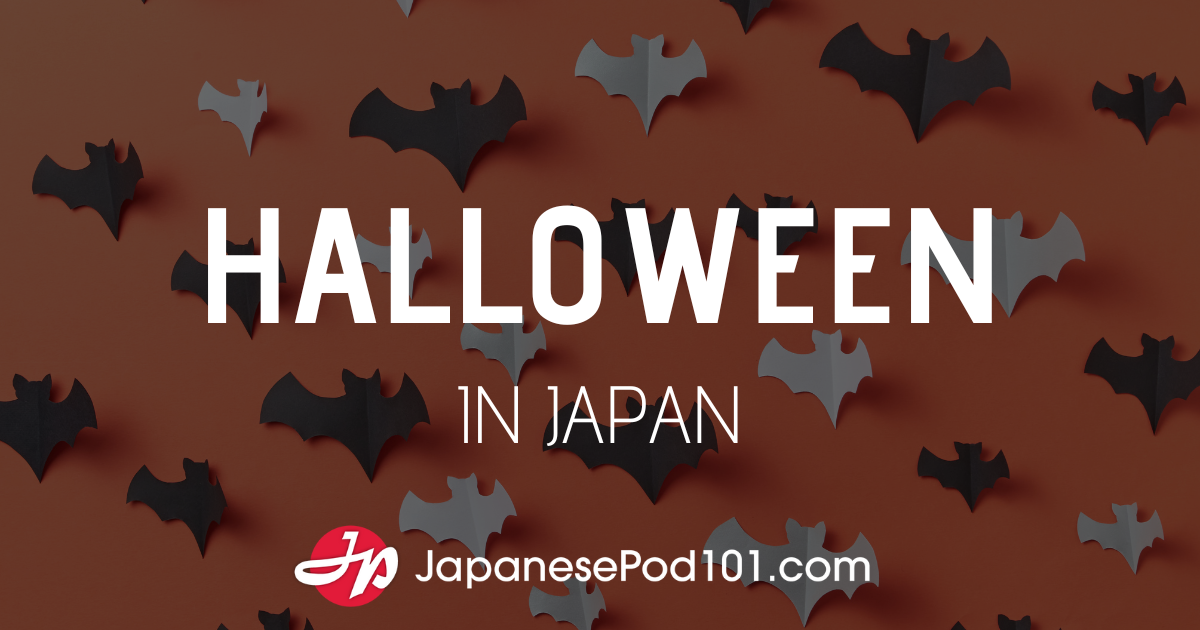「花」という漢字は漢字学習の初期段階で習いましたね。この文字を分解してみると、「廾」(くさかんむり)と「化」に分けられます。昔の人は、花を見たときに、「これは緑の草が変化して、赤や白になったのだ」と考えたのでしょう。だから、「草(廾)が化ける」と記号化したのです。
「貨」という文字にも「化」が見られますよ。この文字は金銭を意味し、「貝がら」が通貨として用いられていたことを表わしています。金銭は様々な物と交換できるもの。つまり、金銭は時として他の物に「変化」するのです。
さて、「訛」という漢字を見たことがありますか? これは「なまり」と読みます。方言のことですね。直接的には「本来の姿を変えたことば」を意味していますが、地方によって表現の仕方が変化している言い回しのことを「なまり」というのです。
では、「革」が「化ける」とどうなりますか? 「靴」(くつ)になります。
さらに「木」が「花」のように「化ける」ときには? 「椛」(もみじ)という漢字になります。秋になるとカエデの葉は花のように赤や黄色に色づきます。日本人は、この様子を表わして「椛」という文字を作りました。
「化」の文字は、左側が倒れた人を、右側が座った人を表わしているのだそうです。また、一説には左側は正常に立っている人、右側は変わったポーズをしている人を表わしているとか。いずれにせよ、通常とは姿を変えている様子を示しています。このため、「化」の文字が書かれる漢字は、何らかの変化を意味することとなるのです。
====
You learn the kanji 花 (hana) or “flower” at the beginning of your kanji study. If you take this character apart, it can be divided into 廾 (kusakanmuri) and 化 (ka). Back in the day people must have thought, “the green leaves transform into red and white.” That’s why the symbol transformed as “the 草(廾)(kusa) that changes”.
The 化 can also be seen in the character 貨. This character means “money,” and shows that shells were used as currency. You can exchange money for many things. In other words money sometimes changes into other things.
Now, have you seen this kanji before 訛? This is read as namari. It means “dialect.” It directly means “a word that has changed its original figure” and expressions changing depending on the region are called namari.
Now, how about 革 (kawa) or leather that 化ける (bakeru)? That becomes 靴 “shoe.”
How about when a 木 (ki) or “tree” transforms 花 (hana) or “flower” like? It becomes the kanji 椛 (momiji). In autumn, the maple leaf changes into red and yellow colors like a flower. The Japanese made this character 椛 by describing the appearance.
The character 化 represents a person who has collapsed on the left side, and a person that is sitting on the right side. Another story is that the person on the left is standing and the other one is in a strange position. Whatever the reason, it indicates a different form from the original shape. That’s why kanji with the character 化 written represents some kind of change.









